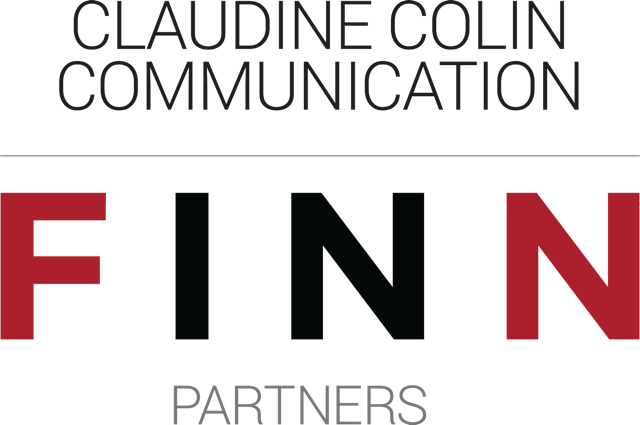Following an invitation by Paris-based Galerie Patrick Seguin, Zurich gallery owner Eva Presenhuberhas put together an exhibition titled We Are Sun-kissed and Snow-blind, which features works – some more recent, some dating from the last few years – of 22 artists of the gallery (Doug Aitken, Martin Boyce, Angela Bulloch, Valentin Carron, Verne Dawson, Trisha Donnelly, Maria Eichhorn, Urs Fischer, Peter Fischli / David Weiss, Sylvie Fleury, Liam Gillick, Douglas Gordon, Mark Handforth, Karen Kilimnik, Andrew Lord, Hugo Markl, Gerwald Rockenschaub, Tim Rollins and K.O.S., Ugo Rondinone, Jean-Frédéric Schnyder, Josh Smith and Franz West).All works are, simply put, white.
A show as white as can be – such information is, to begin with, liable to two possible misunderstandings, which need to be first dealt with.
Misunderstanding no. 1: White as a color symbolizing not only virginity, immaculacy, innocence, and modesty, but also grief, death, joy, and life (depending on the cultural area); white as a clothing color worn by universalist gurus, including those of art (Karl-Heinz Stockhausen) and philosophy (Alain Badiou); white epitomizing the ideal, the good, the beginning, the new, the north, the truth, the neutrality of a central authority, intelligence, science, precision; white representing the pope, emptiness, the Ku Klux Klan; a night without sleep; undiscovered territory; surrender.
Misunderstanding no. 2: White as a color of fashion; white expressing summer; white associated with Mediterranean life and glamour; white yachts and convertibles; white lines; the place where all other glittery colors sunbathe; minimalist interfaces (Apple); Michelle Obama (Narciso Rodriguez) and Carla Bruni (Dior), June 2009; New York fashion week, September 2007, color of the season: white; New York fashion week, February 2008, color of the season: white; Marilyn Monroe – always dressed in white… etc., etc., etc.
So, why should one see the things mentioned above as misunderstandings, even though most of them may undeniably play a role in the perception of this show? Because, in short, all of these things are regulations of social life that seek to represent themselves as imperative, necessary, and convincing in relation to the actual – physically imperative, necessary, and convincing – properties of the phenomenon of light. They disguise themselves in white, using the power of white, bright light. As long as this happens in a playful manner, there is nothing to object to (the pope at the New York fashion week; convertibles symbolizing virginity). The attempt, however, to transform an immaterial, physical condition into a material, social code is erroneous. An act of imperative formalization, or mythologization.
The same argument applies to the realm of art. One example is the issue of the Elgin Marbles, sculptural parts of the Acropolis, which are to be found at the British Museum (they were brought from Greece to England in 1801; discussions are still going on as to whether they should remain there or be returned). This year, what has already been suspected has been proven for the first time: Some of the sculptures that are thought to be aglow with purely white marble in fact contain the ‘Egyptian blue’ pigment. It has been known for quite some time that ancient sculptures of deities used to be, in part, colorfully painted. The idea of all-white ancient Greece is a figment of the modern age: The mask of eternity was meant to cover the supposed kitsch of colorfulness.
Egyptian blue… This leads us to Yves Klein. The dynamics of whiteness characteristic of his famous “The Void” exhibition at Iris Clert’s in 1958 – featuring a small, white gallery devoid of any exhibits, white nothingness being the actual exhibit – were meaningfully presented from the outside through a window, a curtain, and with cocktails. 3,000 people queued up. Deliberately using pomp, Klein hyperbolized the codification of white, transferring it from a metaphysical to a pataphysical level. The opposite strategy – to adduce, incidentally, two examples of art history – has been pursued by Cy Twombly and Robert Rhyman. Twombly’s white sculptures, assemblages of everyday finds painted white, are usually said to have a pure, meditative power; yet, as Roland Barthes has particularly demonstrated in Twombly’s paintings, the pieces rather express casual gestures that, functioning as some sort of ‘clouds’, add a certain mood to the action. Thus, momentary, unpretentious gestures are to be situated between the immaterial, physical condition of the color white and the material, social code of its institutionalized perpetuity; similar observations can be made in Robert Ryman’s paintings.
Brian O’Doherty has said everything that needs to be said about the White Cube; it, too, follows the lines of social regulation. In Martin Boyce’s We Are Sun-kissed and Snow-blind (2005), a white-coated steel tube frame with a textile overhang recalls the lapidary act of hanging out the laundry. To pick out one more example: In a work by Tim Rollins and K.O.S. titled Invisible Man (after Ralph Ellison) (1999), pages of Ralph Ellison’s famous 1952 novel on the Afro-American experience of racism – in which the protagonist feels that he becomes invisible in the face of racial prejudice – are attached to the canvas, with the letters “I” and “M” being outlined in white. Here, it is literature that brings the question of interrupting the ideological mask of eternity to the canvas.
Be it the lapidary momentariness of gestures, their humorous caricature, or a direct political signification: White as a mere symbol, a mere fashion disappears from the exhibits, which thereby – although they seem to disappear into the whiteness of the exhibition space – become apparent.
Jörg Heiser, July 31, 2009

